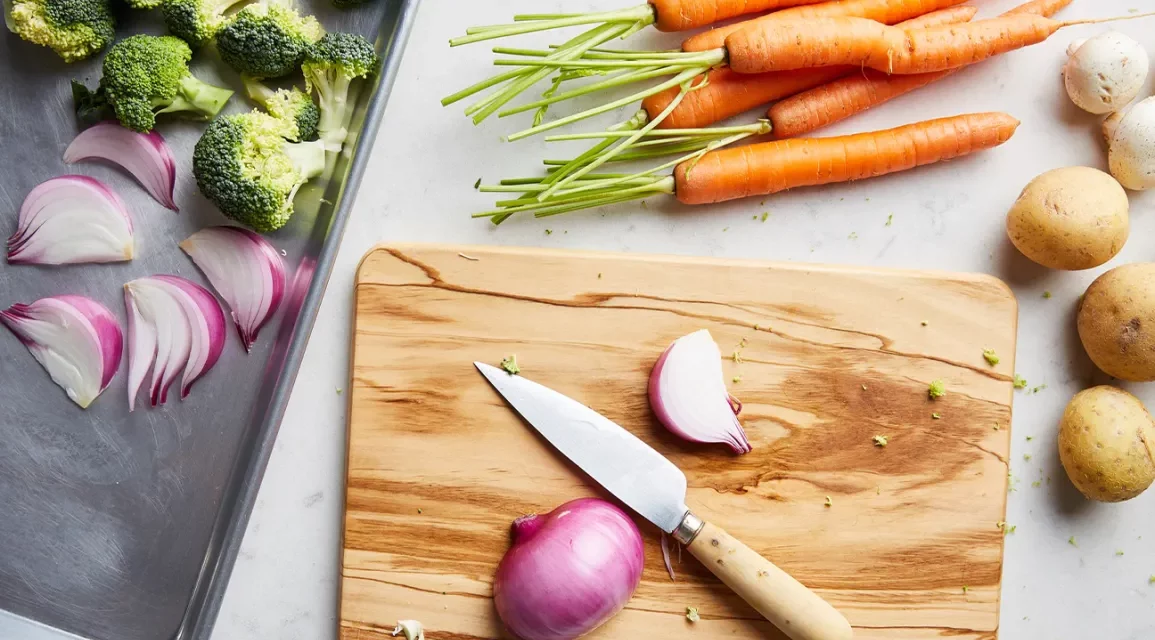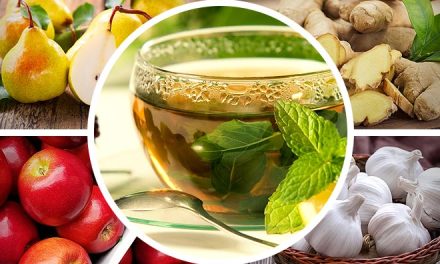Reevaluate Your Healthy Eating Goals
Three months into the year is the ideal time to reassess your commitment to a healthier diet. Whether you’re leaving home for the first time or simply looking to improve your grocery shopping habits, learning about healthful and budget-friendly food choices can make a significant difference in your nutrition journey.
The Basics: A Weekly Shopping Routine
A well-rounded, healthful diet includes a variety of foods such as vegetables, fruits, legumes, whole grains, lean proteins, nuts, seeds, and low-fat dairy products. While filling your cart with these essentials may seem overwhelming, think in terms of pairs to simplify your shopping experience.
Nancy Oliveira, a registered dietitian and manager of the Nutrition and Wellness Service at Harvard-affiliated Brigham and Women’s Hospital, recommends focusing on two:
- Fruits and Vegetables: Select two different coloured fruits and two vegetables.
- Lean Proteins: Opt for two types of lean protein sources, including fresh, frozen, or canned fish, chicken, lean ground turkey, or plant-based alternatives.
In addition, consider including two items from each of these categories on your weekly shopping list:
– Plant Proteins: Canned or dried beans, tofu, tempeh, veggie burgers, or unsalted nuts and seeds.
– Whole Grains: Whole-grain bread, whole-grain pasta, brown or black rice, quinoa, or farro.
– Dairy or Nondairy Milk: Nonfat Greek yoghurt or cheese.
Feel free to indulge in one or two healthy treats or snacks, like hummus or dried apricots, to maintain a balanced diet.
The Organic Debate: Is It Necessary?
Organic produce is cultivated without synthetic fertilizers and pesticides, which have been linked to various health concerns. While the debate continues in the United States regarding the safety of organic versus conventionally grown foods, some countries, such as those in the European Union, have restricted the use of synthetic pesticides still permitted in the U.S.
While not everything you buy must be organic, it’s advisable to avoid conventionally grown produce with thin skins, such as strawberries, spinach, kale, peaches, and grapes. These items tend to absorb more chemicals compared to products with thicker skins, like avocados and pineapples.
The Environmental Working Group annually compiles lists to help consumers avoid high-pesticide produce and identify the least contaminated options.
Smart Shopping for Fresh Foods and Staples
While healthy and organic foods sometimes come with a higher price tag, there are strategies to make shopping more budget-friendly:
– Choose smaller stores with fewer choices.
– Never shop on an empty stomach to prevent impulse purchases.
– Always carry a shopping list and stick to it.
– Head directly to the aisles containing the items you need to avoid extra spending.
– Be flexible and consider sale items within your designated food categories.
– Explore the day-old produce cart, which offers fresh produce at discounted prices.
– Purchase unseasoned canned or frozen whole foods, often more affordable than fresh alternatives.
– Wait for sales on nonperishable staples like quinoa, brown rice, whole-grain pasta, and high-fibre cereals.
– Utilize coupons and coupon apps for additional savings.
Choosing Healthier Snacking Alternatives
Ditch processed grab-and-go snacks that often contain unhealthy ingredients and promote overeating. Instead, maintain a stock of nutritious snacks such as:
– Unsalted mixed nuts
– String cheese
– Fresh grapes and berries (rinse before eating)
– Clementines, bananas, or other unwashed fruits
– Rice cakes with nut butter or hummus
– Fat-free Greek yoghurt
– Peeled hard-boiled eggs
To save money, consider buying certain foods in larger quantities, such as an 8-ounce bar of cheese that can be sliced into small cubes and stored in a sealed container in the fridge.
Seek Wisdom and Savings from Others
Don’t hesitate to seek shopping tips from friends, family members, or grocery store employees who may have valuable insights. Additionally, consider using helpful apps like:
– Mealime: A meal-planning app that offers simple, healthful plant-based recipes and automatically generates grocery lists.
– List Ease: An app that creates grocery lists, allowing you to search for items or scan barcodes to add them to your list.
If you prefer a more traditional approach, jot down notes after a quick inventory of your pantry or fridge or send yourself reminders whenever you remember something you need. With a little practice, you’ll develop the best shopping system for your needs.
By following these guidelines and seeking advice from experienced shoppers, you can embark on a journey towards healthful eating without breaking the bank.
Author Introduction: Pritish Kumar Halder
Pritish Kumar Halder is a seasoned nutritionist and wellness advocate dedicated to helping individuals achieve their health and fitness goals. With years of experience in the field, Pritish provides expert guidance on nutrition, lifestyle choices, and sustainable wellness practices. Stay tuned for more valuable insights from Pritish in this comprehensive guide on making healthful and cost-conscious food choices.






